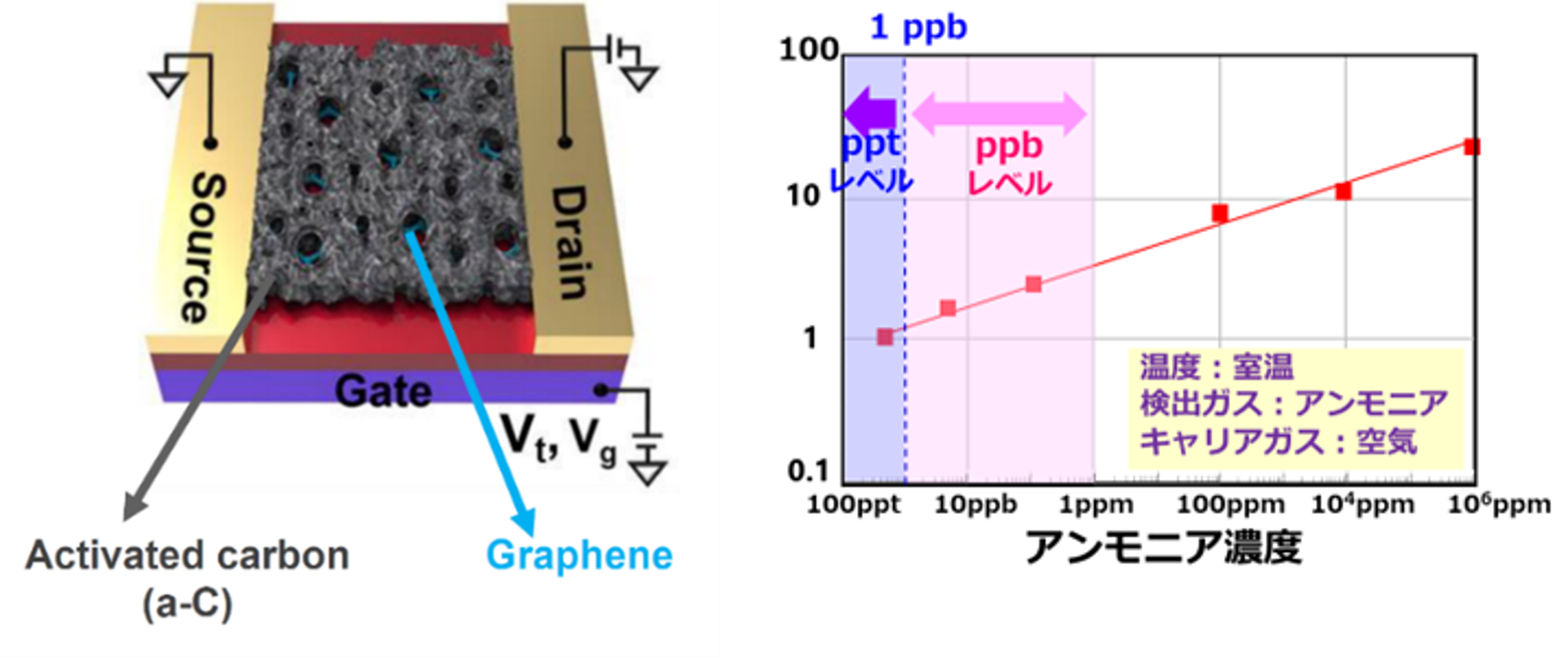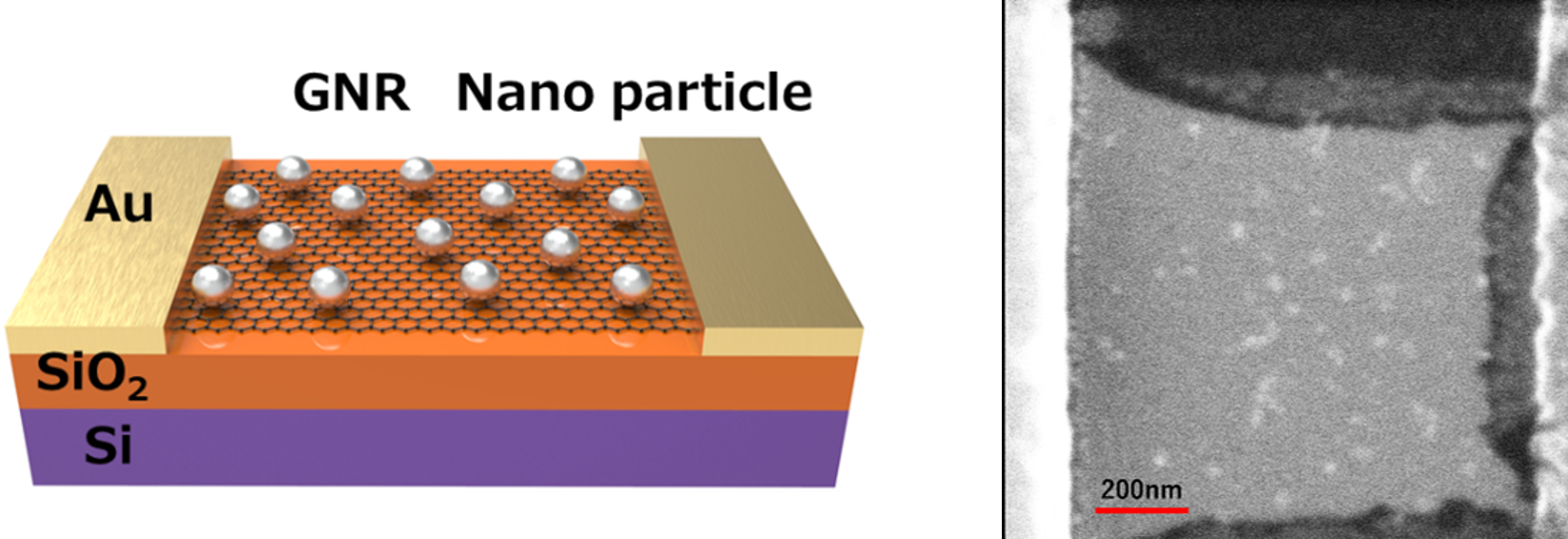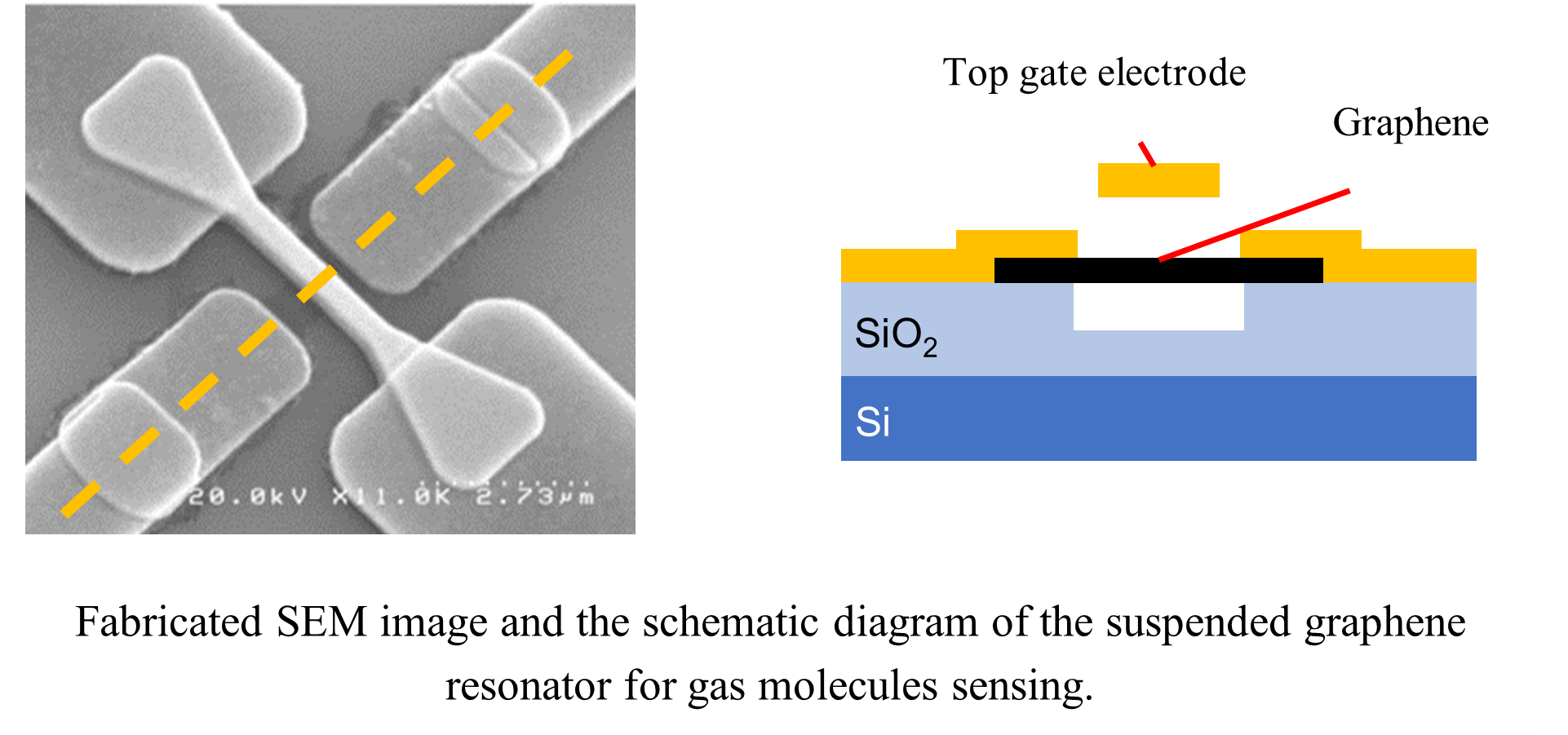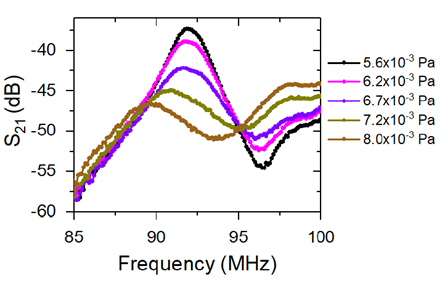- HOME
- Graphene Gas sensors
Graphene Gas sensors
Our research direction is focused on the three important requirements: 1) High sensitivity, 2) High functionality, and 3) Adopting IoT.
1. Towards High Sensitivity:
We aim to reach the sensing limit of ppb in a short measurement time (a few seconds) with the presence of humidity and other gases in the atmosphere.

Graphene-Nanopored Activated Carbon Molecular-Sieve Gas Sensors: Successfully sensed 500 parts-per-trillion (ppt) ammonia in the atmospheric air condition.
2. Towards High-functionality:
In this work, we aim to realize selective sensing of particular molecules adsorbed onto the graphene channel by the surface modification method.

Surface modification of the graphene channel for selective gas sensing purposes
3. Adopting IoT:
For the large-scale commercial implementation of the gas sensors, we are working on the graphene sensor integration with the low power peripheral circuits along with the Machine Learning and Artificial Intelligence techniques.
4. Graphene Resonator Mass-sensing
Graphene has ultra-high Young's modulus of 1 TPa due to its high-quality crystal lattice. This higher value of Young's modulus makes graphene an attractive material for the suspended graphene resonator devices. A doubly clamped graphene nanoelectromechanical (NEM) resonator is explored for highly sensitive mass detection of gas molecules. In this research work, we are working on the various gas molecule's mass sensing.


Measured transmission S-parameter characteristics of doubly clamped graphene

 School of Materials Science, Japan Advanced Institute of Science and Technology
School of Materials Science, Japan Advanced Institute of Science and Technology